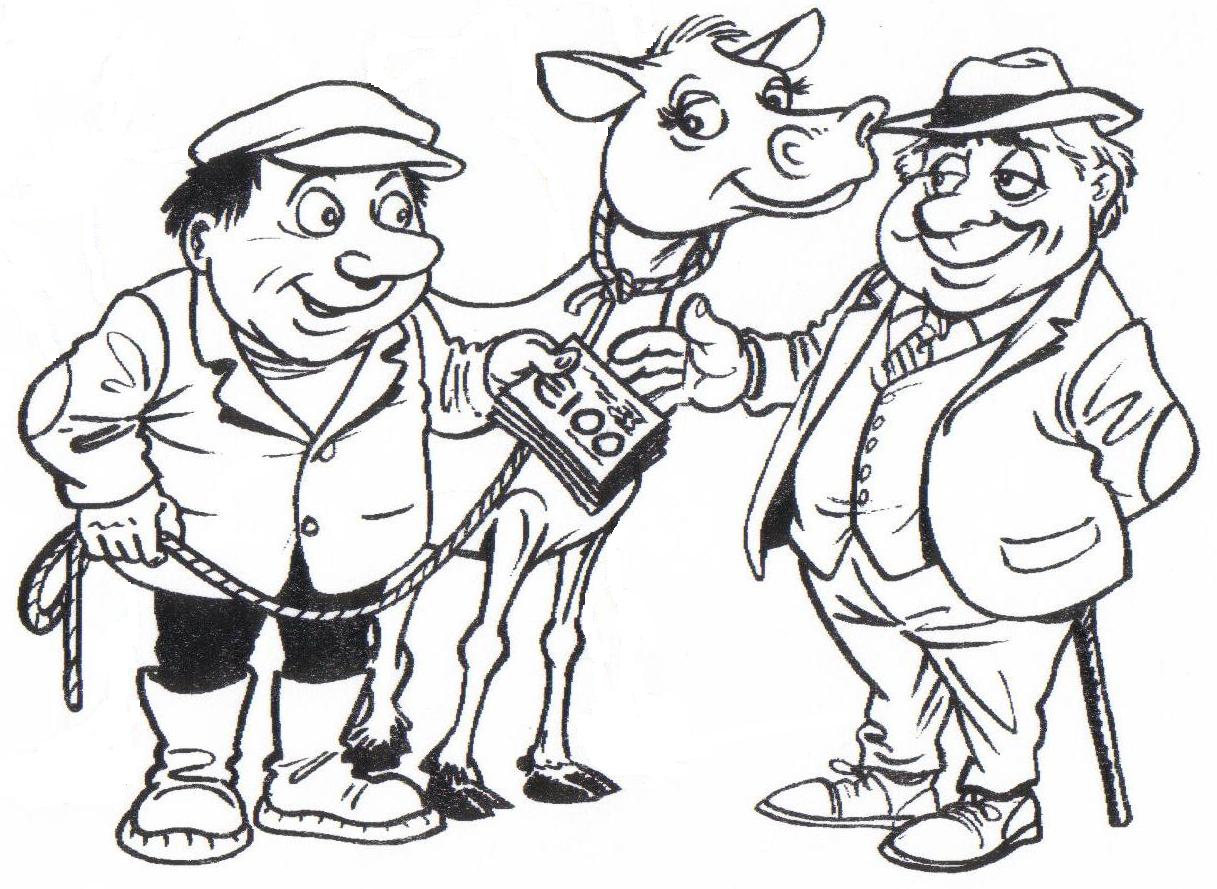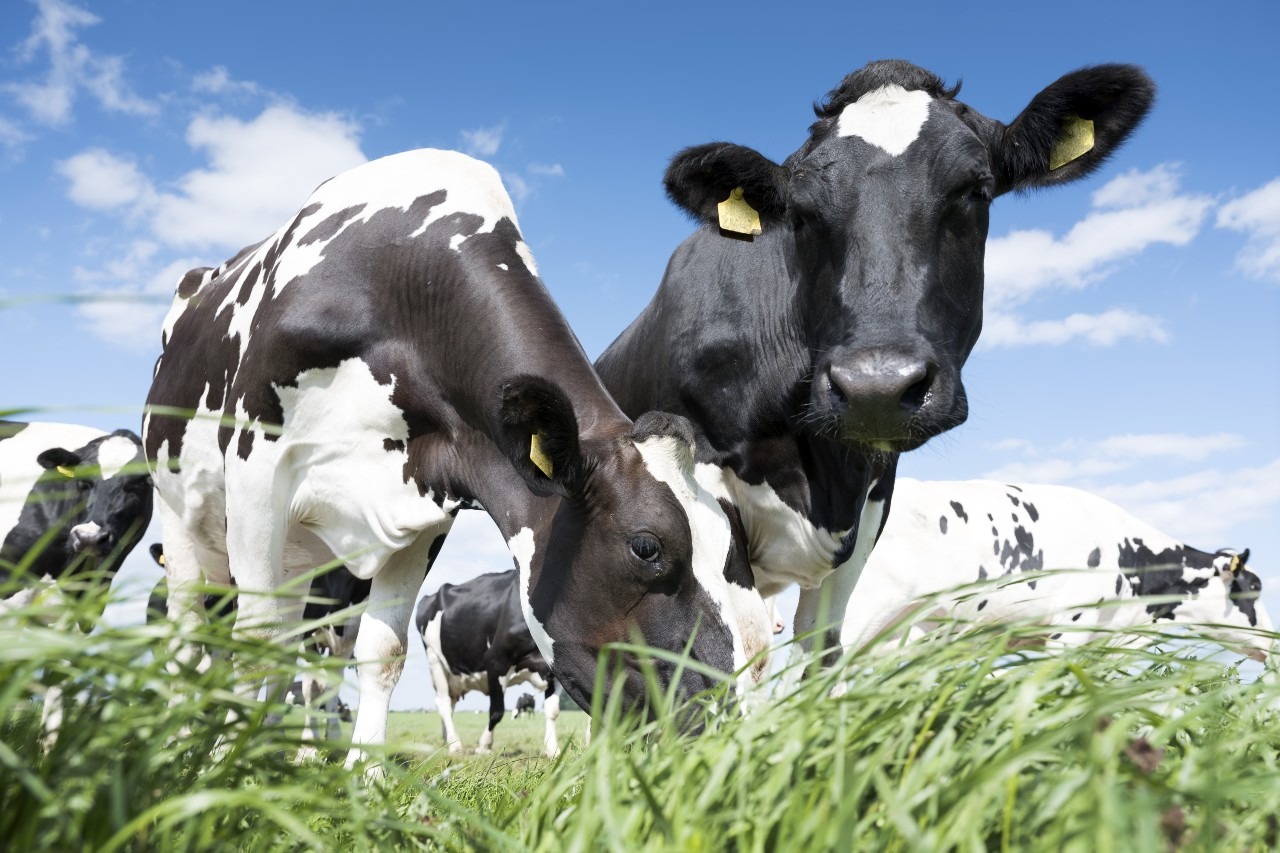Why milk record? We take a look at some of the real benefits that milk recording offers.
For the dairy farmer, the most important piece of performance data that can be collected, is milk yield and quality results. Dairy farmers have an opportunity to invest in the long term profitability of their herds, through resuming or even entering milk recording for the first time.
- The most obvious benefit of milk recording is that it allows the farmer to track their best and worst producers. This allows the farmer to make management decisions such as; which cows are underperforming and may be suitable to cull or, which cows are producing in your system and are more suitable for breeding replacements.
- Regular milk recording will also allow the herd owner to keep track of the somatic cell count (SCC) of each cow. This will identify and facilitate the management of repeat offenders and could dramatically decrease your herds overall SCC and improve milk price.
- Herds that are milk recording get a CellCheck Farm Summary Report after each recording-this report highlights the areas of excellence in terms of mastitis control, and also areas that could be improved. It quantifies the daily loss occurring as a result of high SCC cows, so the herd owner can clearly see what can be gained financially from preventing infection.

- Milk recording adds significant value to any surplus breeding stock being sold off farm and increases the chances of a bull calf being selected to enter AI.
- Milk recording results are fed into ICBF’s genetic evaluations. This allows us to give your cows an EBI with a higher reliability. Herds that are milk recording also get access to high EBI young bulls through the Gene Ireland programme. Getting these bulls tested in herds that are milk recording allows ICBF to prove these bulls in a shorter period of time, thereby increasing the speed of genetic gain.
- In autumn 2017, ICBF launched a culling tool known as ‘Cows Own Worth’ or COW. This ranks cows on their expected profit potential for the rest of their lifetime. The COW takes into account the environmental aspects such as; calving date, age, milk recording results, health events, etc. The COW acts as a guide in choosing which cows to cull from your herd, and is only available for herds that are milk recording.
- Cost effective pregnancy diagnosis is now possible through milk samples. This service will
 indicate if a cow is in calf or not, at a reasonable cost and will remove the task of handling all the cows for scanning.
indicate if a cow is in calf or not, at a reasonable cost and will remove the task of handling all the cows for scanning. - Milk recording data provided the phenotypic (on the ground) data that has allowed ICBF to launch genomic evaluations for the Holstein/Friesian breed and most recently for crossbred cows.
- Herds that milk record at least four times in the calendar year and have the dry off dates recorded for their cows receive an Annual Report every year from ICBF. This report is now being requested by banks when farmers are seeking finance, to benchmark performance and repayment ability.
- Milk recording records increase the compensation available for animals that have to be culled because of a positive TB reaction.
